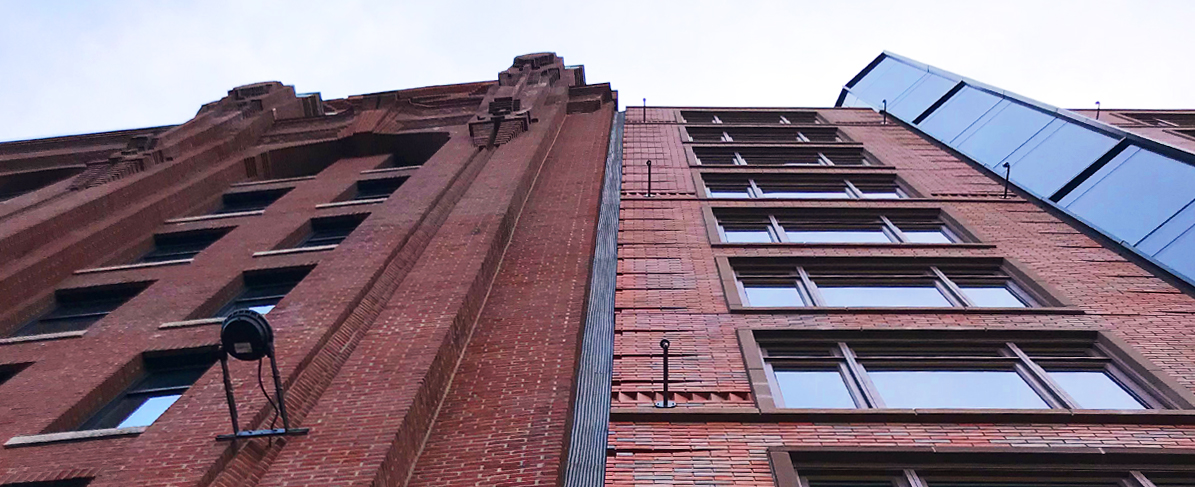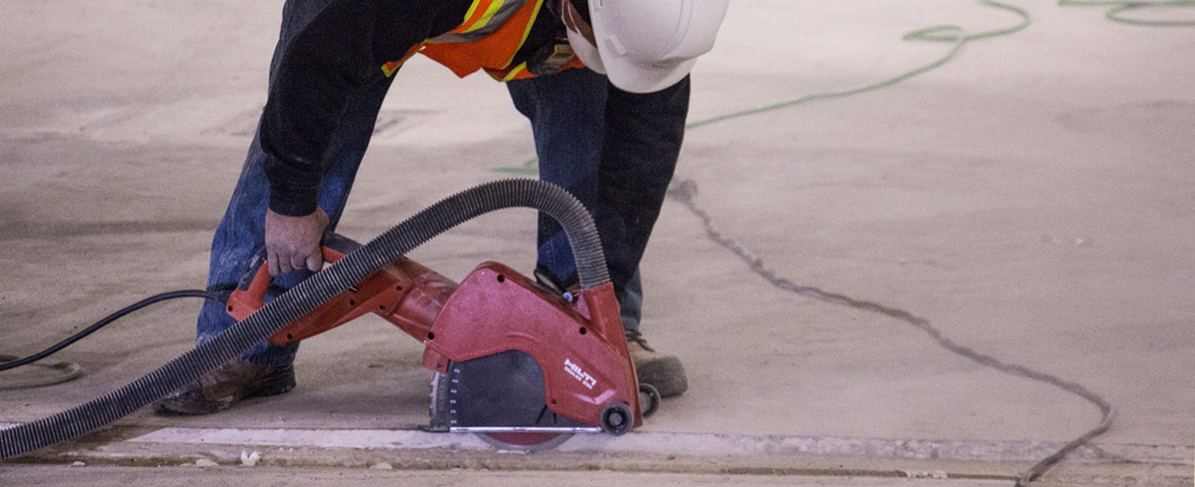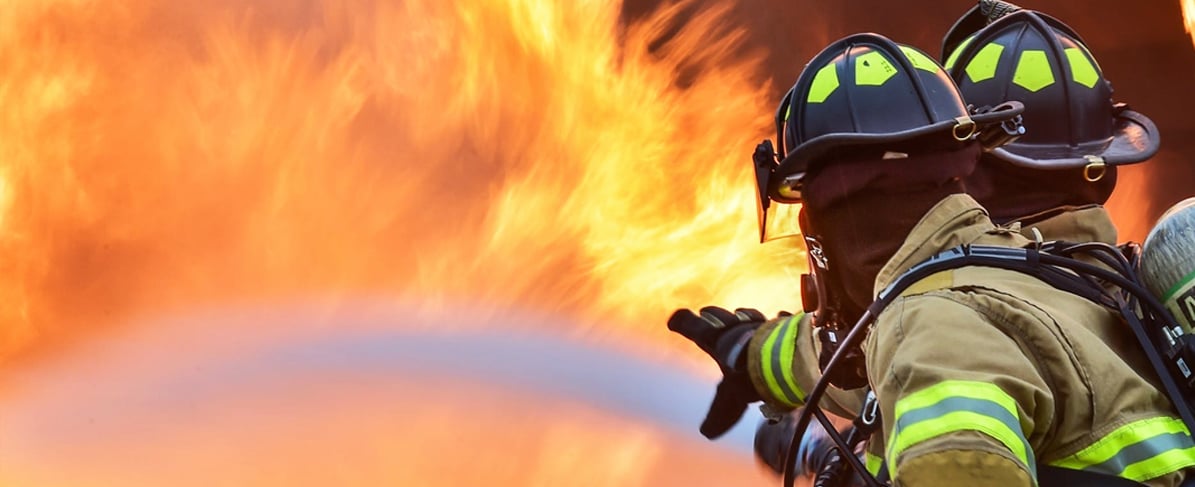All wall and floor assemblies have penetrations for electrical, plumbing, HVACs, communications, and construction segments which, although necessary, permit fire, smoke and toxic fumes to freely pass from one room to the other. To establish a fire-rating for the entire system and protect building occupants, the holes, joints and other openings must be filled with a fire resistant or stopping material.
For parking garages, stadiums, hospitals and other large structures, expansion joints are critical areas of potential failure. Review the items below to ensure that your building has the proper connections at vertical and horizontal expansion joints to save occupants in case of a fire.
The Need for Fire-Rated Solutions
According to the NFPA Fire Analysis & Research, 75% of all fire deaths are caused by smoke inhalation. And 57% of people killed in fires were not in the room of the fire’s origin. Building materials are highly tested and given an hourly rating, which translates into how much time the entire assembly as built provides the occupants to leave that space, saving lives. A 2-hour fire rated wall assembly, when exposed to a typical fire, will allow the occupants 2 hours to leave that space. This is especially significant for vertical applications, which must endure a hose-stream test after the burn. The hose-stream test simulates a firefighter’s hose and is designed to ensure that if a firefighter is on one side of a wall trying to put out a fire, the force of the water stream from the hose will not break through the fire-resistant materials and spread the fire.
Foam Expansion Joints can Help
Specialized foam expansion joint products can alleviate this issue by properly spanning vertical and horizontal gaps, plus they are available in 1-, 2- and 3-hour ratings. Look for systems which have passed UL 2079, Standard for Tests for Fire Resistance of Building Joint Systems. UL2079 is the industry-standard that encompasses many previously unrelated ASTM/UL standards. This certification is comprised of regular manufacturing site inspections and component analysis testing, joint cycling, burn testing and the hose stream test. Once a specific design passes, UL issues the listing online.
These pre-compressed, self-expanding foam lengths not only stop the spread of fire and smoke, but also offer a flexible, watertight, UV-stable and energy-efficient seal for vertical and horizontal expansion joints. They’re especially helpful in structures such as:
- Parking garages

- Stadiums
- Airports
- Schools
- Hospitals
- Prisons
- Governmental Buildings
- Modular/Panelized Structures
Conclusion
Fire-rated foam products for expansion joints, in combination with firestopping sealants, doors, windows and intumescents can make a big difference in the longevity of your building and the safety of its occupants. For opportunities outside of the current UL listed fire-rated systems, contact your manufacturer to see if an Engineering Judgement (EJ) can accommodate your request.
With technical questions on firestopping, contact John Croyle.






